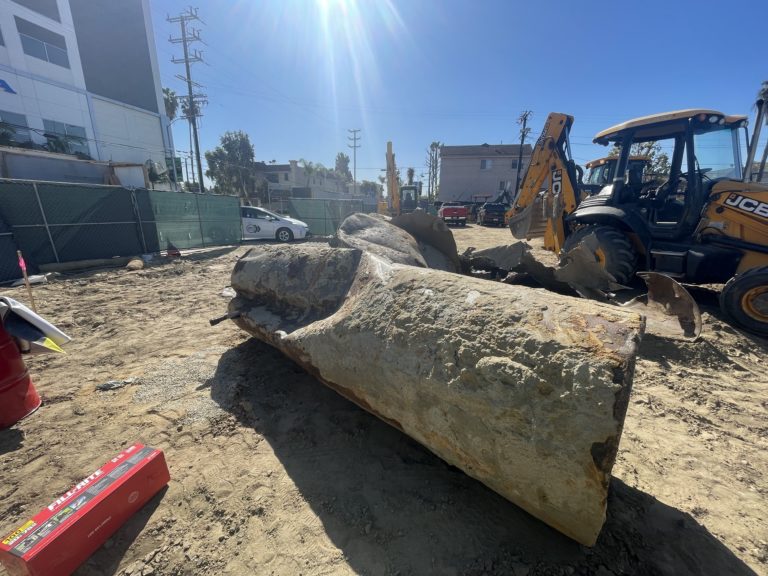Hydraulic Conductivity (K)
“Hydraulic Conductivity” (K), in hydrogeology and hydrology, represents the capacity of a porous medium (such as soil) to transmit water, as per Darcy’s Law. To illustrate, the rate at which fluid can move through a permeable medium (such as soil), depends on the properties of that soil (such as intrinsic permeability) and the fluid (such as viscosity and specific weight).
Hydraulic Conductivity via Darcy’s Law
The principles and theory of Darcy’s Law are the same in all fields. However, in the field of geology and hydrogeology, the following formulas apply to represent Darcy’s Law. Solving for “K” in each of these formulas yields the value for “Hydraulic Conductivity.”
Q = K•A [(h1-h2) ÷ L]
The following variables and coefficients apply to this formula: “K” = Hydraulic Conductivity; “Q” = Discharge Rate; “A” = Area of Cross-Section that Water Flows; “h” = Hydraulic Head (h = p/rg + z); and “L” = Length/Distance of Water Table Elevation Change.
q = Q ÷ A = -K [(dh) ÷ (dl)]
In this formula, the following variables apply: “K” = Hydraulic Conductivity; “Q” = Discharge Rate; “q” = Specific Discharge [L/T] (q = Q/A); “dh/dl” = Hydraulic Gradient; and “K” = Hydraulic Conductivity.



